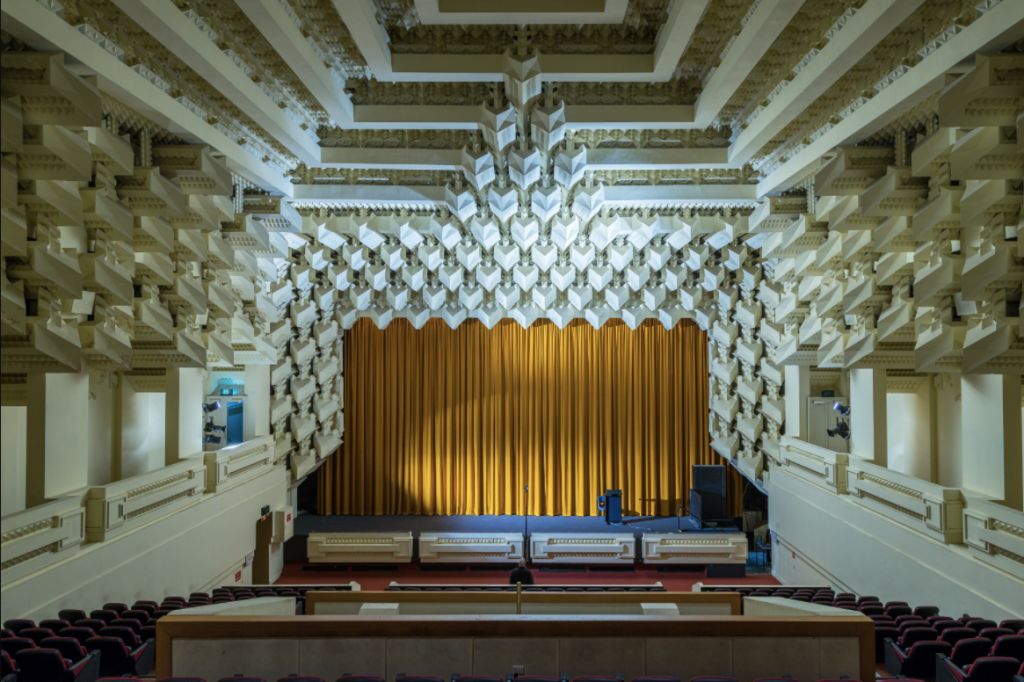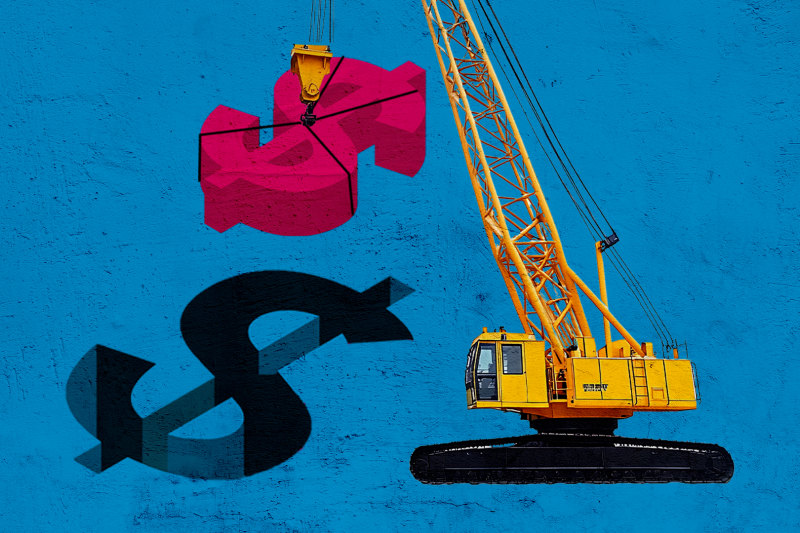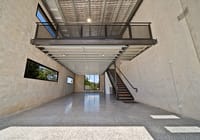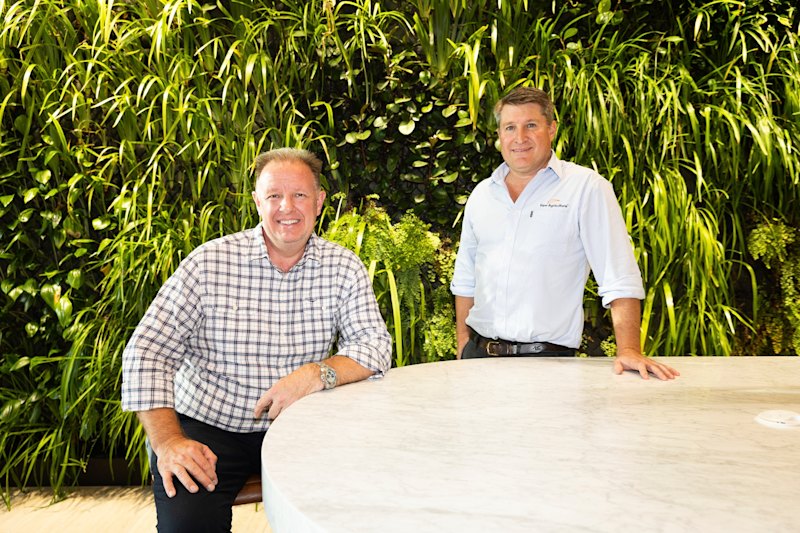
Seven of the most beautiful theatres in Australia
Theatres have been the foremost examples of engineering and cultural expression since ancient times.
Before they could just stream TV shows on their laptops, people used to have to get dressed up in their best clothes and go to the theatre to socialise and experience some culture.
Unfortunately a lot of Australia’s old theatres have been repurposed as they become too expensive to maintain, but those that remain are heavenly examples of intricate architectural detail.
It would be nearly impossible to discuss Australian arts and cultural buildings without mentioning Jorn Utzon’s Sydney Opera House, although there are other incredible theatres around the country that may not have featured on as many postcards, or been listed as a World Heritage site, but are impressive nonetheless.
Capitol House and Theatre, Melbourne
Often considered the country’s culture capital, Melbourne has a selection of theatres that would set any amateur actor’s heart racing. The Capitol House and theatre building was the largest civic work undertaken by Walter Burley Griffin and his wife Marion Mahony. It opened in 1924, originally comprising 10 storeys of offices, extensive lobbies, lounges and grand staircases and a huge cinema seating 2137 people. Unfortunately the building’s original foyers were renovated in 1965 but the art deco designs and ceiling detail inside the theatre have been maintained.
The Capitol Theatre, Sydney
The end of the 1920s was a boom time for Sydney architecture and a host of theatres and cinemas were built, including the atmospheric Capitol Theatre. It was nearly demolished in the 1970s when it ran out of money, but a restoration in the 1990s saw it return to its Gothic glory days. In 1928, The Sydney Morning Herald covered the opening of the theatre, writing: “The effect of the new Capitol Theatre on the crowds which entered it on Saturday night was bewildering and a little overwhelming. One seemed to have stepped from under the dull skies of everyday life and passed into an enchanted region where the depth of the blue heavens had something magical about it and something heavily exotic, clouds passed lightly over then stars began to twinkle. Then again all was blue and clear.”
Her Majesty’s Theatre, Ballarat
“Her Maj” is one of Ballarat’s grandest buildings, dating back to 1875 when it was commissioned by a wealthy gold-mining family. It has since operated as a theatre continuously, and also as a cinema from the First World War onwards. During the silent film era an orchestra would play live accompaniments. In 1987 the state government took over ownership to restore the building and reinstate the domes.
You can’t see them from the street but this Perth theatre has two auditoriums directly on top of each other. The 575-seat Heath Ledger Theatre is clad in Tasmanian Blackwood, and underneath the 234-seat flexible Studio Underground features concrete and glass. The building is worth visiting just for its lobby, with gold steel stalactites coming down from the ceiling. When it was opened in 2011 the project, by Kerry Hill Architects, won a host of architecture awards including the Emil Sodersten Award for Interior Architecture at the 2011 National Architecture Awards.
Southbank Theatre, Melbourne
One of the newer theatres in Australia, the Southbank Theatre opened in 2009 in Melbourne’s Southbank precinct. It’s comprised of two theatres, the The Sumner Theatre, named for Melbourne Theatre Company’s first artistic director, John Sumner, which seats 500 and the intimate Lawler Theatre, which seats 150. The light-up geometric design on the building’s exterior continues inside, inspired by illusionist artworks.
Capri Theatre, Adelaide
The Capri Theatre is a pale pink gem in Adelaide that opened in 1941, and was bought by Greater Union cinemas in 1947. The venue also hosts an annual Wurlitzer organ concert. 1978 was the year the Theatre Organ Society of Australia (SA Division) purchased it and in December re-named it ‘Capri Theatre’. In 1986 Crocodile Dundee’s ticket sales were so successful at the Capri that the film played there for almost an entire year and paid off the Theatre Organ Society’s loans. As a tribute the theatre has a framed Crocodile Dundee poster on display.
Civic Theatre, Newcastle
The Georgian Revival-style Civic Theatre opened up to Novocastrians in 1929. It was designed by prominent theatre architect Henry Eli White who used Italian Renaissance elements and crafted elaborate timber entranceways framed with glass, and leadlight above. The building has since been run as a cinema by Hoyts and used for full-scale theatre productions, live music, comedians, drama, and dance concerts. In June 1992, the Civic closed for a $10.4 million refurbishment and has remained one of regional Australia’s largest theatres, with seating for more than 1500.




















